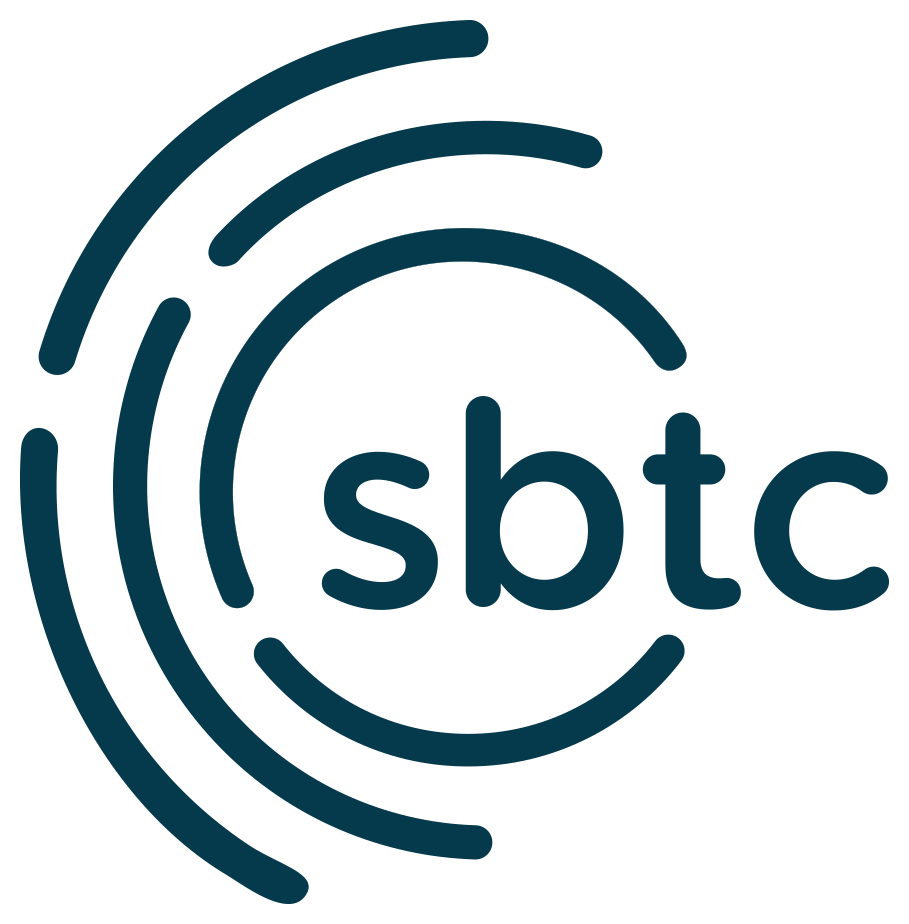Cash flow is critical in seasons of economic stress. When the economy contracts, church members lose their jobs and the frequency of giving is unpredictable. Having 3 to 6 months of operating expenses in the bank is a blessing. But many churches do not have this cash flow cushion, and even those who do need to think strategically, right now, about how their budget may need to change in the months and years ahead.
Crisis is much more about opportunity than danger. The church of Jesus has thrived through every historic season of difficulty. With eyes firmly fixed on the hope that is ours in Christ Jesus, creativity and relentless optimism are built-in to the Christian experience. That means we can rethink our budgeted plans through crisis with an expectant confidence that God will supply all of our needs according to his riches in glory. The following conversations and decisions must be a collaborative effort. No one person should make budget cut decisions on his or her own. Use the church’s committee or staff structure, according to the bylaws, to determine who will be in these conversations.
Meeting Current Needs
How can we evaluate the current financial status of our church and make plans for the wise stewardship of kingdom resources in this season of economic stress?
DISCUSSION QUESTIONS FOR TEAM-BASED EVALUATION & PLANNING:
- Church leadership is well aware of the status of our cash reserves, current giving trends, and how long we can continue to operate like normal based on these realities:
-
- 1—2—3—4—5
-
- The appropriate leaders are assessing budgeted savings from cancelled activities and they are beginning to evaluate possible activities to cancel or postpone between now and the end of the fiscal year:
-
- 1—2—3—4—5
-
- We are aware of dollar amounts being saved right now due to recent decrease in facilities usage, and by not paying hourly employees such as contract labor, part-time janitors, nursery workers, event coordinators, kitchen crews, etc.:
-
- 1—2—3—4—5
-
- Church ministers and other employees feel appropriately appreciated and taken care of in spite of the ambiguity of our current financial situation:
-
- 1—2—3—4—5
-
- We are effectively communicating giving methods and keeping the church appropriately informed about the finances and budget:
-
- 1—2—3—4—5
-
Review your answers to determine key areas of strength as well as those areas that need additional growth. Your responses may change week to week as you ramp up your regather phases, so it would be wise to revisit these questions often. Be sure to check out some of the resources linked below as well as on the sbtexas.com/covid19 site. In addition, email the SBTC staff who stands ready to assist any church that needs help or encouragement.
Assessing Developing Trends
Are we appropriately assessing the giving trends of our congregation toward the wise management of kingdom dollars today and in the immediate future?
DISCUSSION QUESTIONS FOR TEAM-BASED EVALUATION & PLANNING:
- What is the weekly giving trend, year over year, over the past several months? Is there a noticeable trend upward or downward?
- Since the crisis began, are our people giving as frequently, less frequently, or more frequently than before? Why do we think this is the case?
- When the budget is reworked and non-essential cuts are made but we still project a shortfall in the budget cycle, what are the next phases? Do we cut salaries in Phase 1, events or ministry areas in Phase 2, and positions in Phase 3?
- What is the projected dollar amount of budget shortfall through the end of the budget cycle?
- Knowing how the economy and unemployment situation has affected our people, do we expect giving to return to normal rates in the coming months, or do we expect more giving or less giving? What economic, community, or spiritual factors would affect this one way or another?
Planning Future Opportunities
How might the current economic crisis affect giving trends in next year’s budget cycle and following, and how do we plan to accommodate these projected changes?
DISCUSSION QUESTIONS FOR TEAM-BASED EVALUATION & PLANNING:
- Should we come up with two or three possible budgets for the next cycle, to be chosen and adopted based on the year-end actual giving of the current budget cycle? Or should we adopt shorter cycled budgets than the traditional one-year?
- Are there expenses that were previously optional that have now become necessary (ex: video conferencing subscriptions, church copyright or streaming licenses, tech equipment maintenance and upgrades, etc.)?
- Can we ask ministry staff/leaders to rethink their budget areas for the remainder of this cycle and their requests for the next cycle, estimating a 30 percent or 50 percent reduction, but helping them think through creative ways to effectively minister in their respective areas?
- If our church has been in existence for a long time, would it be more helpful to start from zero and build a new budget from the bottom up, beginning with fixed costs (buildings, utilities, staff, insurance, etc.), then adding in missions and ministry allocations until we get to the projected amount of giving?
- Are there any areas we must proactively make difficult decisions to ensure the future of our specific local church?
- Do we need help with this? If so, who can we call right now to get us headed in the right direction thinking about our next budget cycle?
Strategize the Path Forward:
- Decide where there is excess in the budget already. Trim the budget to exact expected expenditure.
- Clarify with precision the fixed costs in your budget, including utilities, key staff, and missions/ministries you cannot compromise.
- Develop a 3-5 phase plan, based on giving projections, for what you will recommend cutting from the budget next year.
- Be sure to have complete agreement on the phased reduction from key leaders in the church, then communicate the plan with the congregation.
other toolkit sections

















